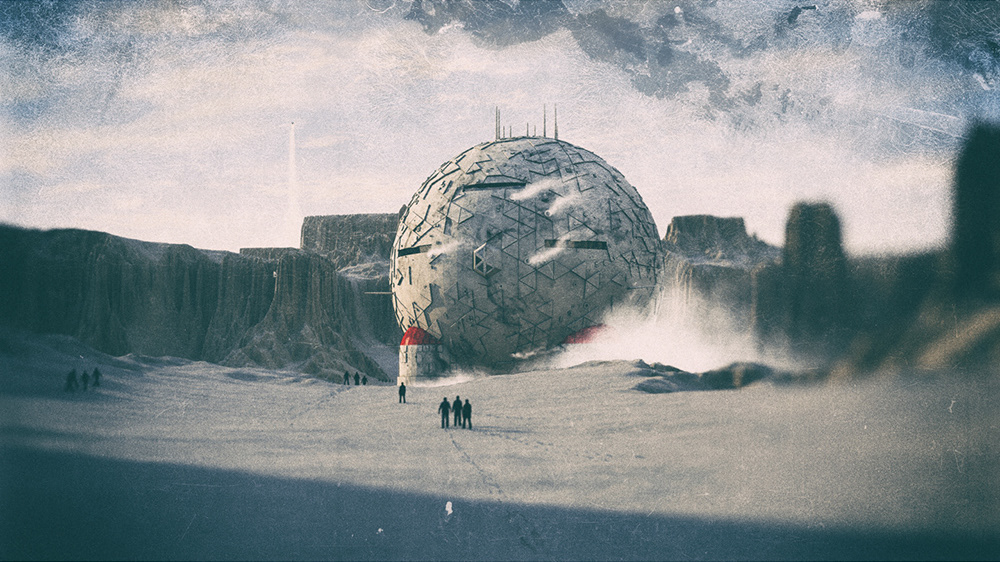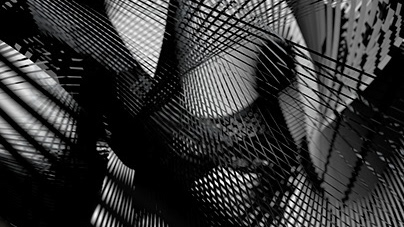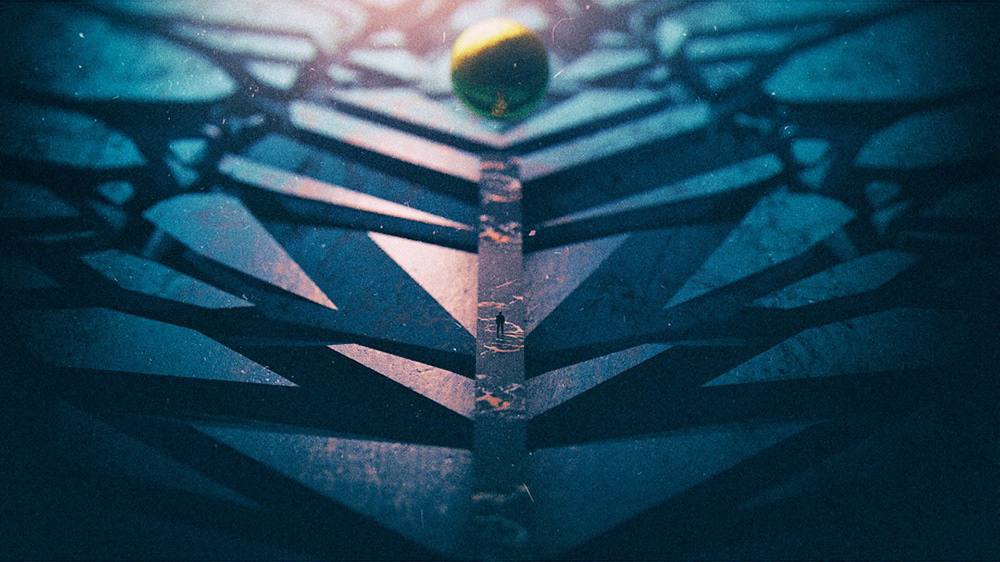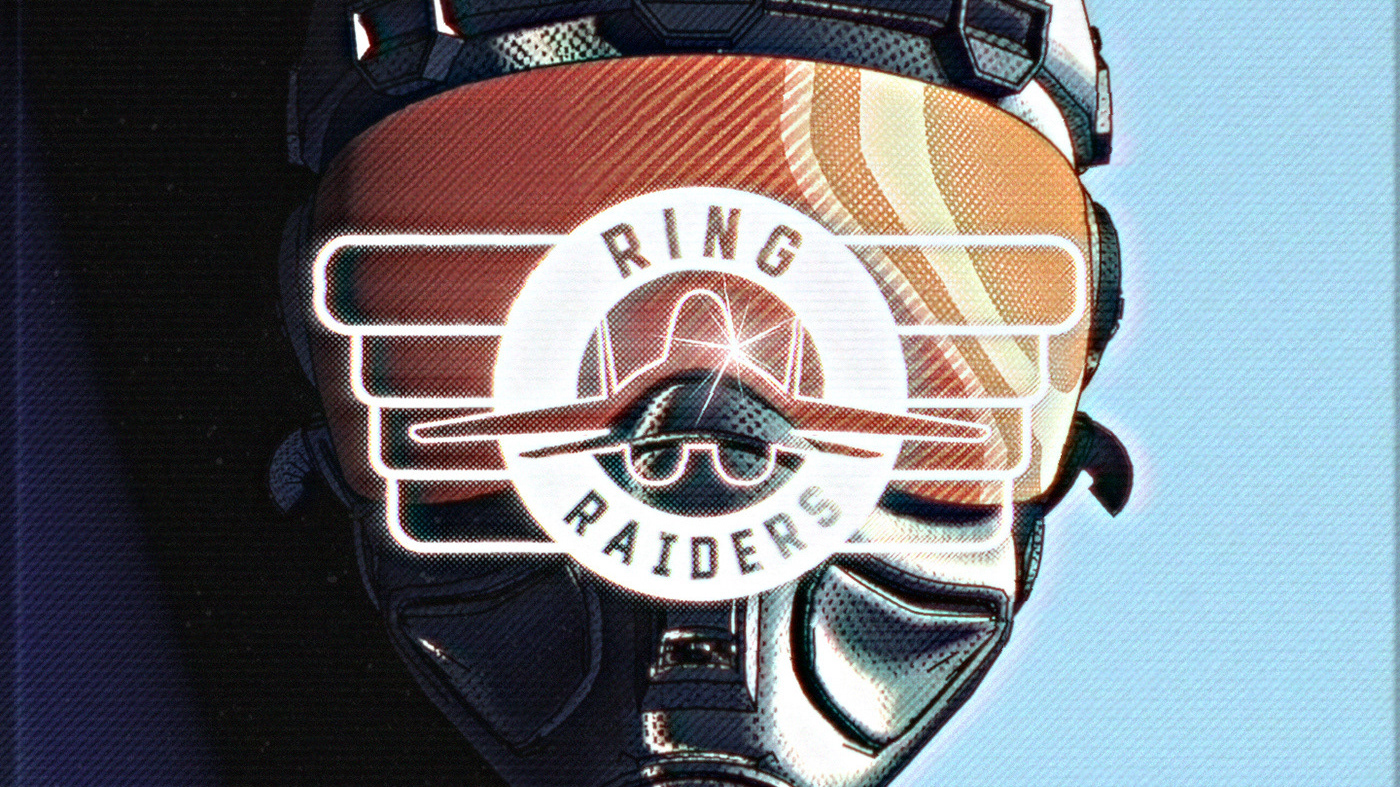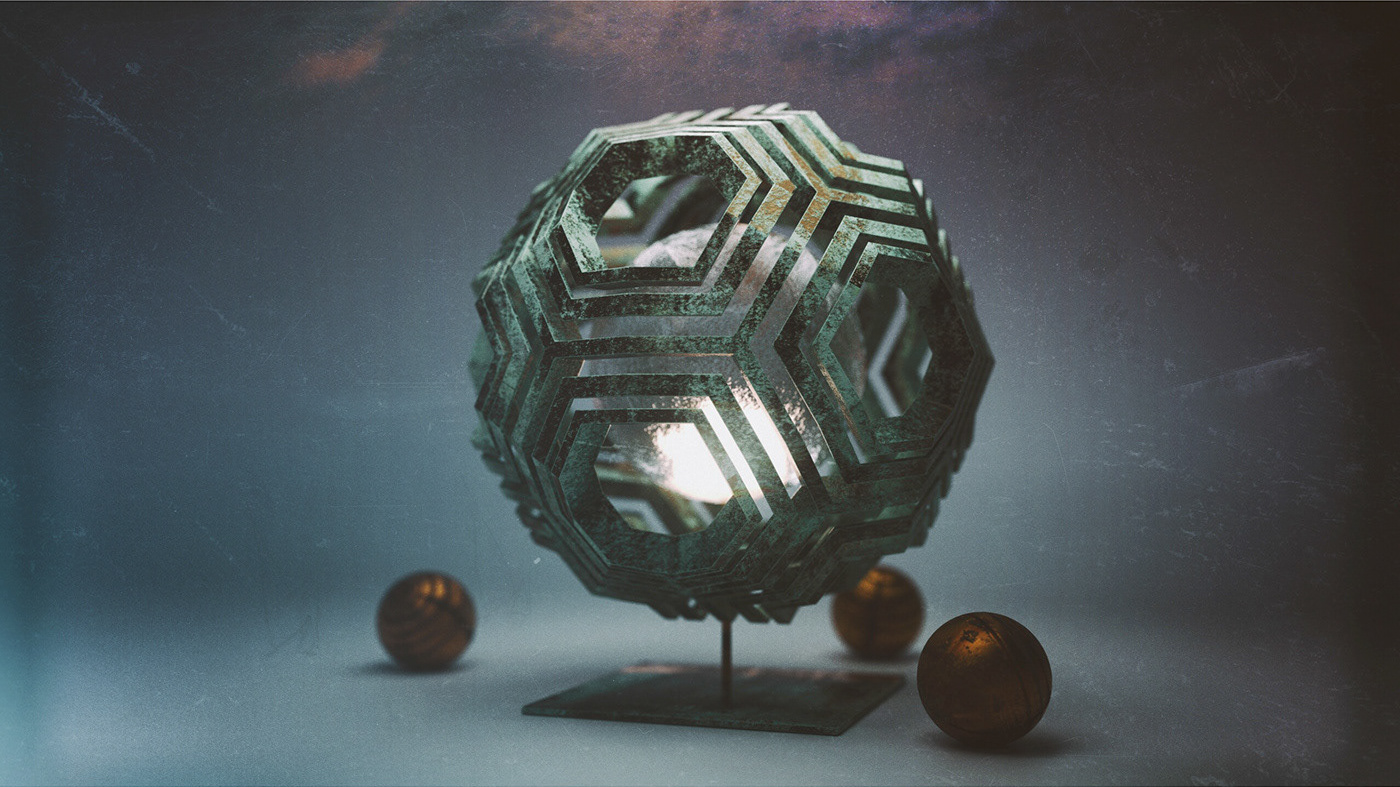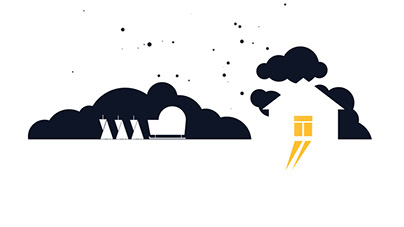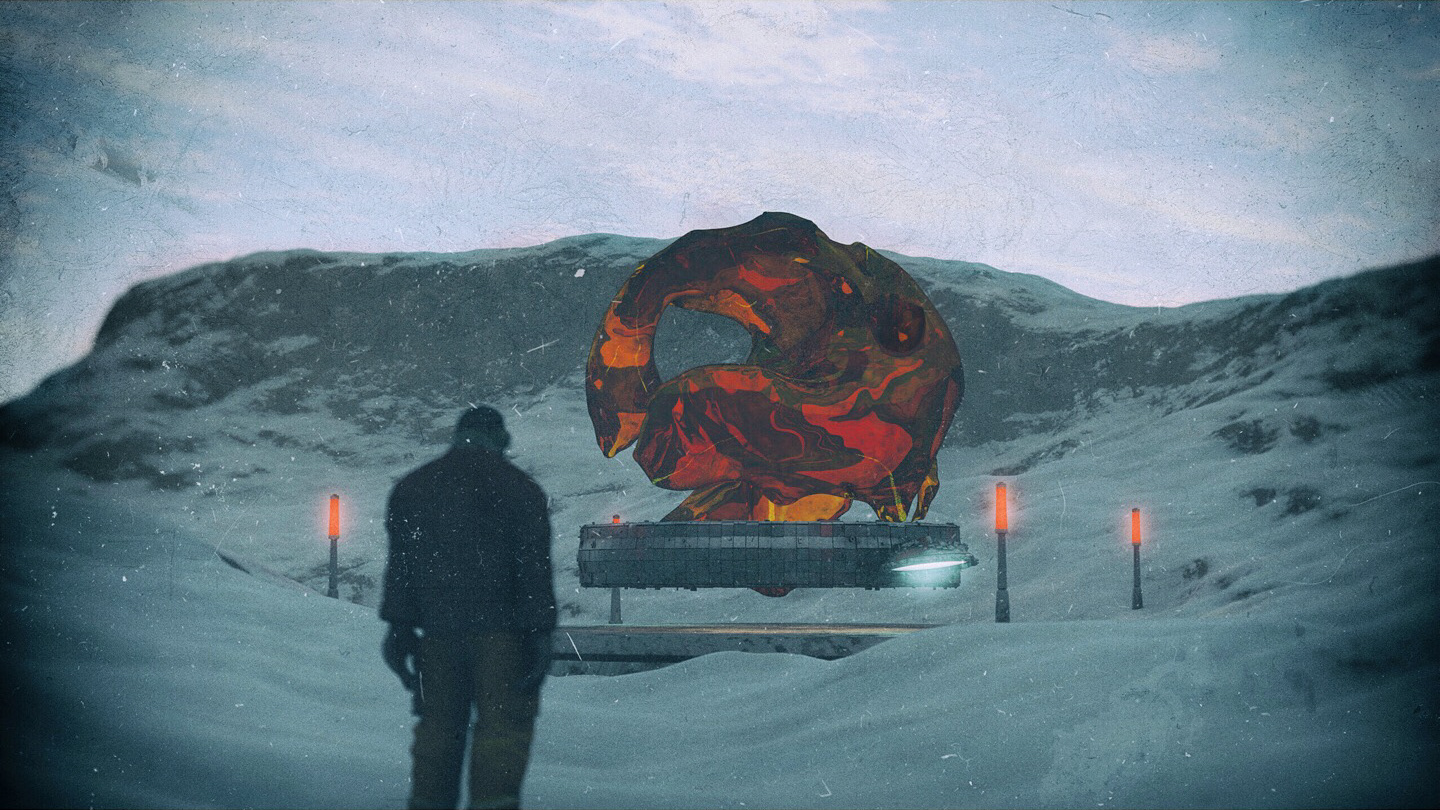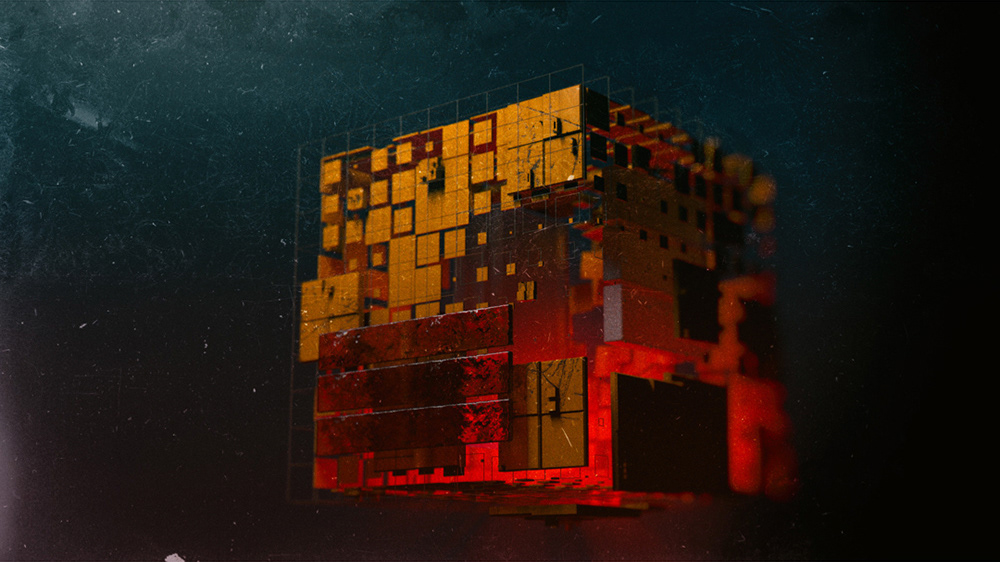It is the year 2125.
The “truck drivers in space“ have been a reality for a long time now. Hauling precious minerals and other resources from the moons of the gas giants and the asteroid belt back to the factories of Earth, the Moon and Mars.
The round trip usually takes well over 2 years and in the beginning the crews consisted of 7 or more members. Smaller crews were considered dangerous to both the success of the mission as well as the mental health of the individuals. Corporate greed however soon silenced the concerns of psychologists and workers advocates and soon let the number of crewmembers shrunk to the bare minimum: two.
To calm down critics it was introduced as a romantic and well paying adventure for young couples or the „best chance to spend some time together“ for friends.
„Me and you, a crew of two!“
But the fairy dust soon wore off and what was once considered the greatest adventure of mankind turned into a badly payed job that put incredible strain on the mental health and social relationships of the workers.
The „Pelias 7“ is a small size hauler. Its crew of two already did one trip before and is currently on their way back to Earth.
A few weeks into the trip the ships computer warns them of a severe leakage of oxygen. All attempts to stop or at least slow the loss fail. Even all the standard emergency procedures might not save enough oxygen to sustain two people until the rendezvous with a rescue vessel. The crew members‘ argument about the right course of action heats up and culminates in mutual accusations of attempted murder screamed onto the ships audio log.
The following silence is broken 4 months later when a rescue vessel docks on the Pelias 7 to find two corpses floating through the ship.
At some point, the ships computer must have started issuing a solution plan: The electrolysis of water. Considering the needs and the ships supply of fresh water the crew could have sustained their lives for 6 to 7 more months...
The “truck drivers in space“ have been a reality for a long time now. Hauling precious minerals and other resources from the moons of the gas giants and the asteroid belt back to the factories of Earth, the Moon and Mars.
The round trip usually takes well over 2 years and in the beginning the crews consisted of 7 or more members. Smaller crews were considered dangerous to both the success of the mission as well as the mental health of the individuals. Corporate greed however soon silenced the concerns of psychologists and workers advocates and soon let the number of crewmembers shrunk to the bare minimum: two.
To calm down critics it was introduced as a romantic and well paying adventure for young couples or the „best chance to spend some time together“ for friends.
„Me and you, a crew of two!“
But the fairy dust soon wore off and what was once considered the greatest adventure of mankind turned into a badly payed job that put incredible strain on the mental health and social relationships of the workers.
The „Pelias 7“ is a small size hauler. Its crew of two already did one trip before and is currently on their way back to Earth.
A few weeks into the trip the ships computer warns them of a severe leakage of oxygen. All attempts to stop or at least slow the loss fail. Even all the standard emergency procedures might not save enough oxygen to sustain two people until the rendezvous with a rescue vessel. The crew members‘ argument about the right course of action heats up and culminates in mutual accusations of attempted murder screamed onto the ships audio log.
The following silence is broken 4 months later when a rescue vessel docks on the Pelias 7 to find two corpses floating through the ship.
At some point, the ships computer must have started issuing a solution plan: The electrolysis of water. Considering the needs and the ships supply of fresh water the crew could have sustained their lives for 6 to 7 more months...
Inspired by the play "Mondnacht" by Stanislaw Lem.
Thanks also to Raoul Marks for the astronauts model.

